
Table of Contents

It can be daunting to select a mobility aid for yourself or a loved one, given the options of rollators and walkers. Although both offer support and stability, the two are designed for different needs and lifestyles. In this article, we break down the differences and pros and explain how to figure out which choice is right for you.
Understanding the Basics
What is a Walker?
A standard walker is a four-legged support structure that can help support balance and stability for individuals having difficulty with ambulation. There are generally three types of walkers:
- Standard Walker: No wheels, must be lifted to move.
- Two-Wheel Walker: Moves a little easier with front wheels yet provides great stability.
- Three-Wheel Walker: Less common — Greater maneuverability in the limited spaces.
What is a Rollator?
A rollator is a walker that has four wheels and hand brakes and usually comes with a seat and storage basket. Unlike a conventional walker, rollators do not require an individual to lift them to move, which allows them to be better suited for users who have adequate strength and balance.
Key Differences Between Walkers & Rollators
Feature | Walker | Rollator |
Wheels | 0-2 wheels | 4 wheels |
Brakes | No brakes | Hand brakes for safety |
Seat Available | No | Yes |
Stability | More stable | Less stable |
Maneuverability | Requires lifting | Smooth rolling movement |
Weight | Lighter | Heavier |

Pros & Cons of Each
Walker Pros and Cons:
Rollator Pros and Cons:
Which One Should You Buy?
Choosing between a walker or a rollator depends on the user’s level of mobility, strength, and lifestyle.
Choose a Walker if You or your loved one needs as much support and stability as possible.’ Balance is a primary concern. The only problem is lifting the walker. They like a foldable, durable, and lightweight mobility aid.
Choose a Rollator if you need moderate balance with some intermittent support and If you need a built-in seat, which is a necessity. Because portability and maneuverability matter. The user is capable of manual brake operation.
Final Thoughts
Both walkers and rollators can greatly enhance mobility and independence. The right choice is mostly a matter of the individual’s unique needs. If safety and stability are paramount, then a walker may be the way to go. If mobility and ease of use are your top priorities, a rollator might be the way to go. Always discuss options with your provider to determine what will work best for you.





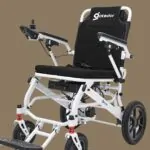

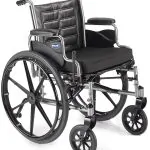
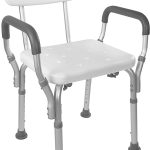
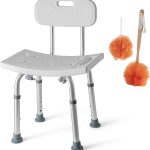

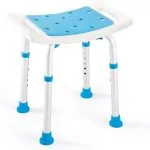



No Comments